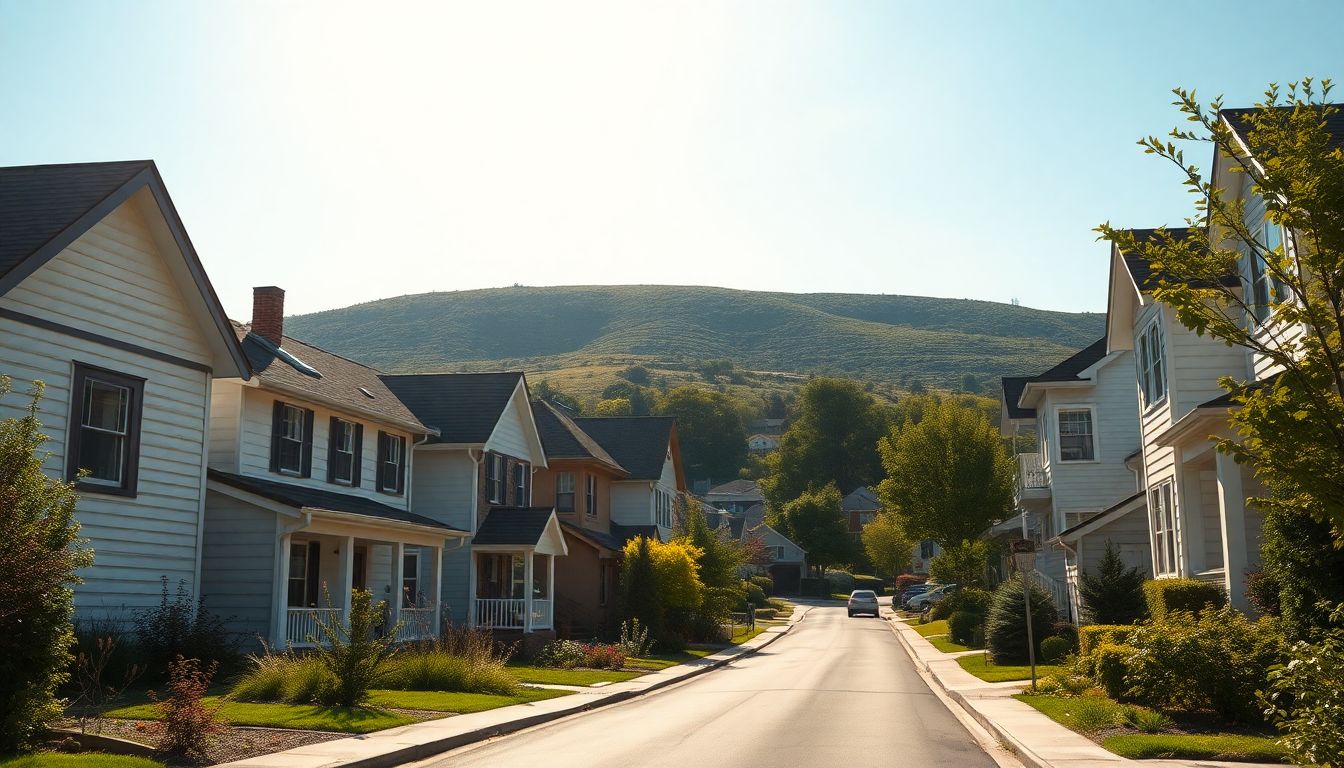Why Are Home Prices Rising? What This Means for Homebuyers
Imagine this: You've finally found the perfect house. You make an offer, excited and hopeful. But then, you're outbid. And it happens again. And again. What's going on?
The housing market has been on a wild ride. Prices have been climbing, leaving many potential homebuyers frustrated. What's causing this surge in home values? What does it mean if you're trying to buy a house?
Several factors are fueling rising prices. These include a shortage of available homes, economic conditions like inflation and interest rates, rising construction costs, and even the actions of investors. For buyers, this creates serious challenges. But with the right strategies, navigating this market is still possible.
Supply and Demand Imbalance
The basic principle of supply and demand is a major player here. Right now, there aren't enough homes for sale to meet the high buyer demand. This imbalance pushes prices upward.
Limited Housing Inventory
The number of homes available for sale is surprisingly low. The current "months' supply" of homes—how long it would take to sell all existing homes at the current sales pace—is far below what's considered a balanced market.
Why is inventory so tight? One reason is construction slowdowns. Building new homes takes time and can be affected by various factors. Another factor is that many homeowners are choosing to stay put longer. They may be happy with their current mortgage rates or hesitant to enter a competitive market as sellers.
High Buyer Demand
At the same time, demand for homes is strong. Millennials, a large generation, are now entering their prime homebuying years. As the population grows, so does the need for housing.
Low mortgage rates have also been a major stimulant. They make buying a home more affordable. Even a small drop in rates can significantly increase buyer activity.
Economic Factors
Broader economic forces also impact home prices. These forces can have a large impact on the housing market.
Inflation
Inflation, the rate at which prices for goods and services rise, plays a role. As inflation rises, so do home prices. Real estate is often seen as a hedge against inflation. People see it as a stable asset that will hold its value.
Inflation also affects the cost of building materials and labor. As these costs increase, new homes become more expensive to build. This translates into higher prices for both new and existing homes.
Interest Rates
Interest rates are another critical factor. These rates directly affect how much buyers can afford. The relationship between interest rates and mortgage payments is simple. When rates go up, so do monthly payments.
Potential future rate hikes could cool the market somewhat. Higher rates make borrowing more expensive. This may discourage some buyers and slow down price growth.
Construction Costs and Supply Chain Issues
Builders face significant challenges that impact the availability and cost of new homes.
Rising Material Costs
The cost of construction materials has increased substantially. Lumber, steel, and other essential materials have seen significant price hikes.
These rising costs directly impact the price of new construction. Builders must pass these expenses on to buyers, which makes new homes less affordable.
Supply Chain Disruptions
Supply chain disruptions have added another layer of complexity. Delays in obtaining materials and equipment are common. This extends project timelines and increases labor costs.
Labor shortages also contribute to rising costs. If it's harder for construction companies to find the help they need, projects slow down, and the price increases.
Investment and Speculation
The actions of investors can influence home prices, sometimes significantly.
Institutional Investors
Institutional investors, like large firms, are increasingly involved in the single-family home market. They buy properties to rent them out or hold them as investments.
This activity reduces the number of homes available for individual buyers. It can also drive up prices, particularly in certain markets.
House Flipping and Speculation
House flipping, buying properties to quickly resell them for a profit, also plays a role. While it can improve neighborhoods, it can also inflate prices.
Speculation, buying with the expectation that prices will continue to rise, can create unsustainable bubbles. This activity can make the market more volatile.
What This Means for Buyers
The current market presents many difficulties for buyers. It's more important than ever to be well-informed and prepared.
Affordability Challenges
Affordability is a major concern. Rising prices mean buyers need larger down payments. Higher interest rates translate into higher monthly mortgage payments.
Many first-time homebuyers find it increasingly difficult to enter the market. Even those who already own homes may struggle to upgrade or move to more desirable locations.
Strategies for Buyers
Despite these challenges, there are strategies buyers can use. Get pre-approved for a mortgage. This shows sellers you're a serious buyer and know how much you can afford.
Consider expanding your search area. You might find more affordable options in neighboring towns or suburbs. Work with an experienced real estate agent. They can provide valuable guidance and help you navigate the complexities of the market.
Conclusion
Rising home prices are driven by a mix of factors, including supply and demand, economic conditions, construction costs, and investment activity. For buyers, this means facing affordability challenges and increased competition.
Being informed, prepared, and strategic is essential for navigating this market. By understanding the forces at play and taking proactive steps, you can increase your chances of finding the right home. The housing market can be difficult, but with knowledge and persistence, achieving your homeownership goals is still possible.
